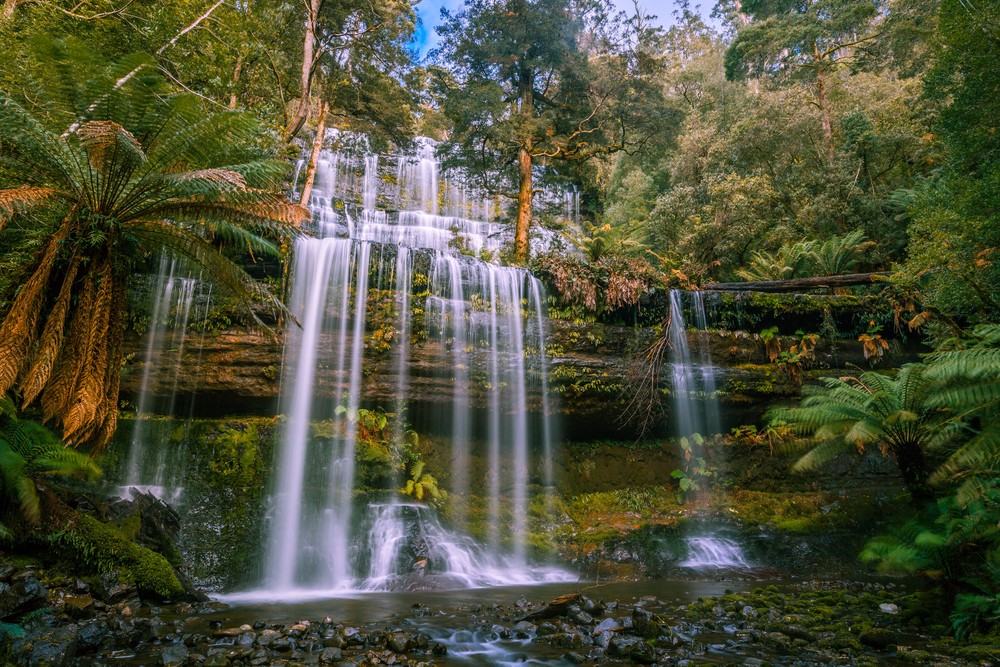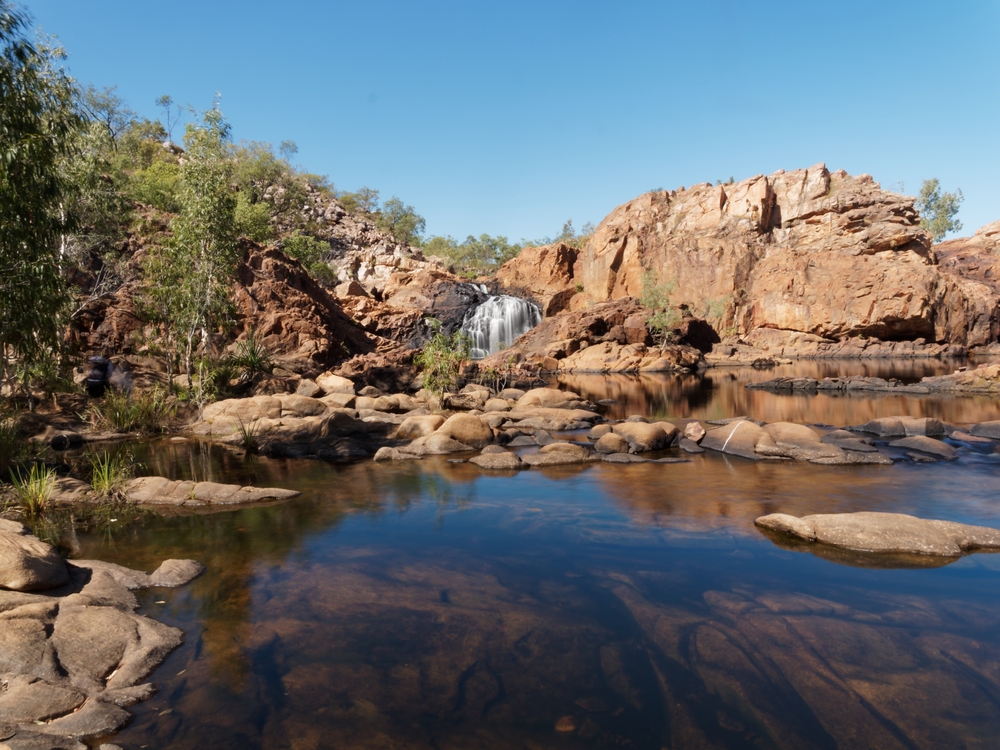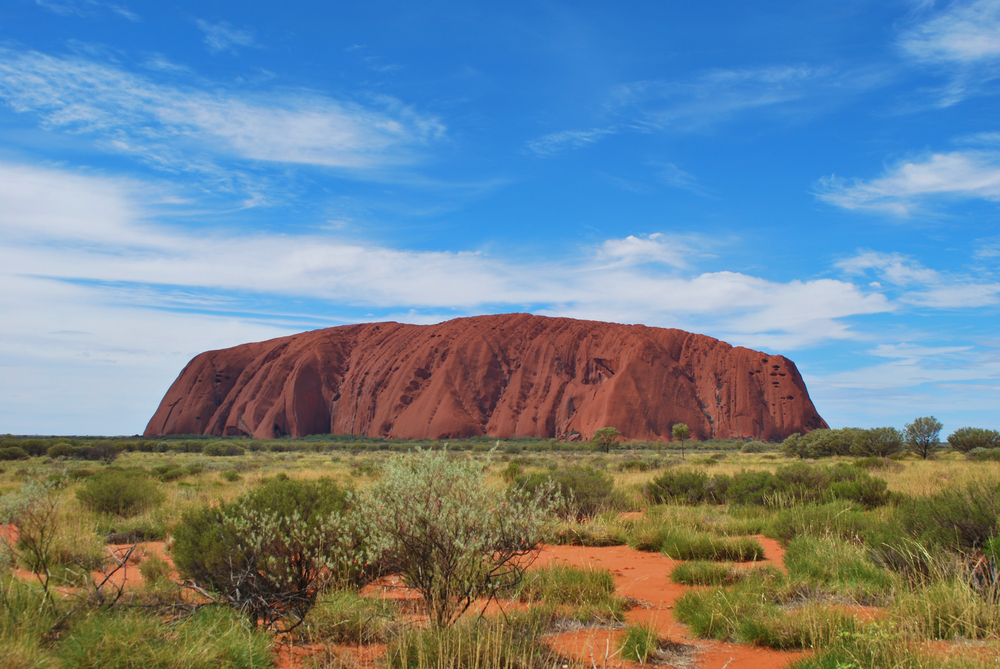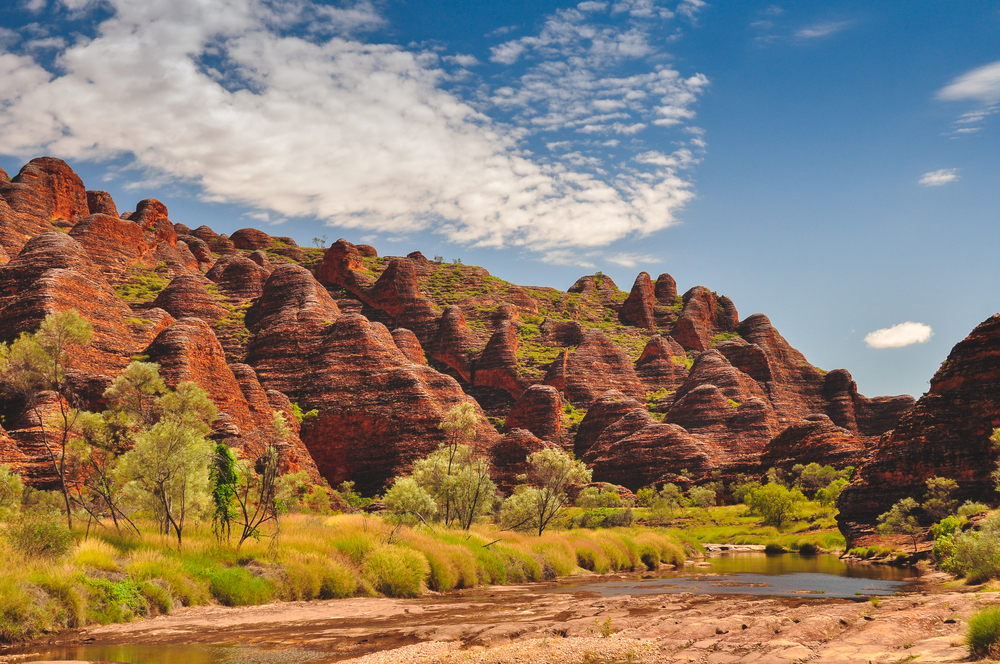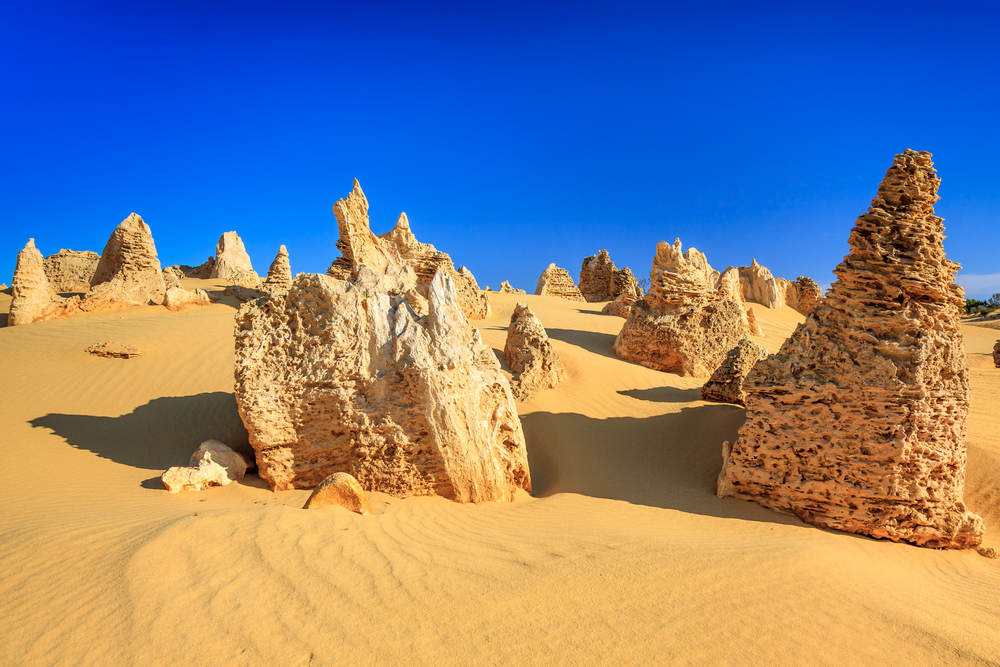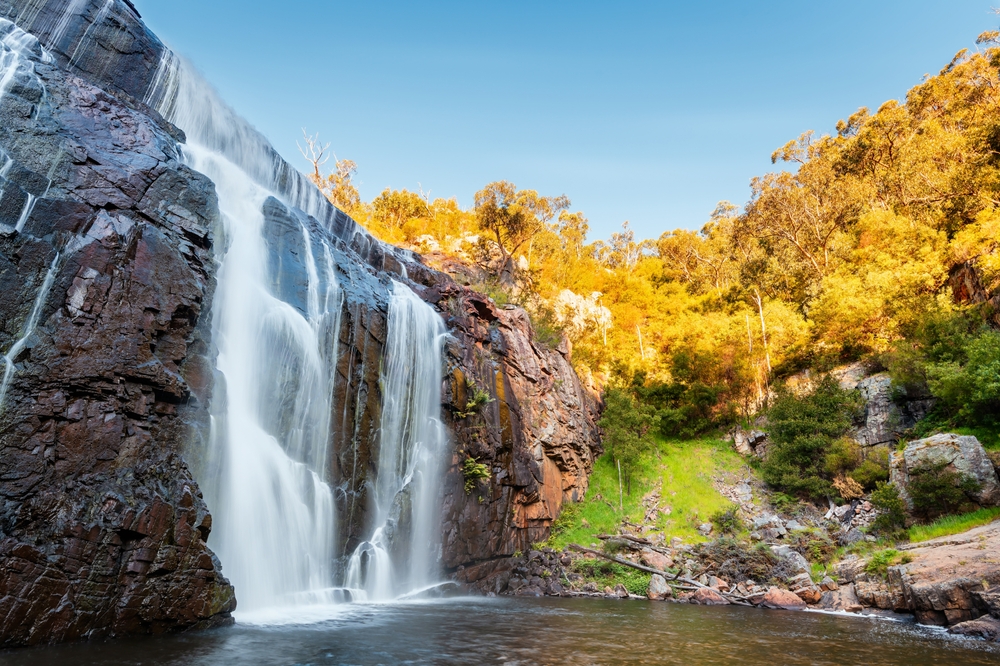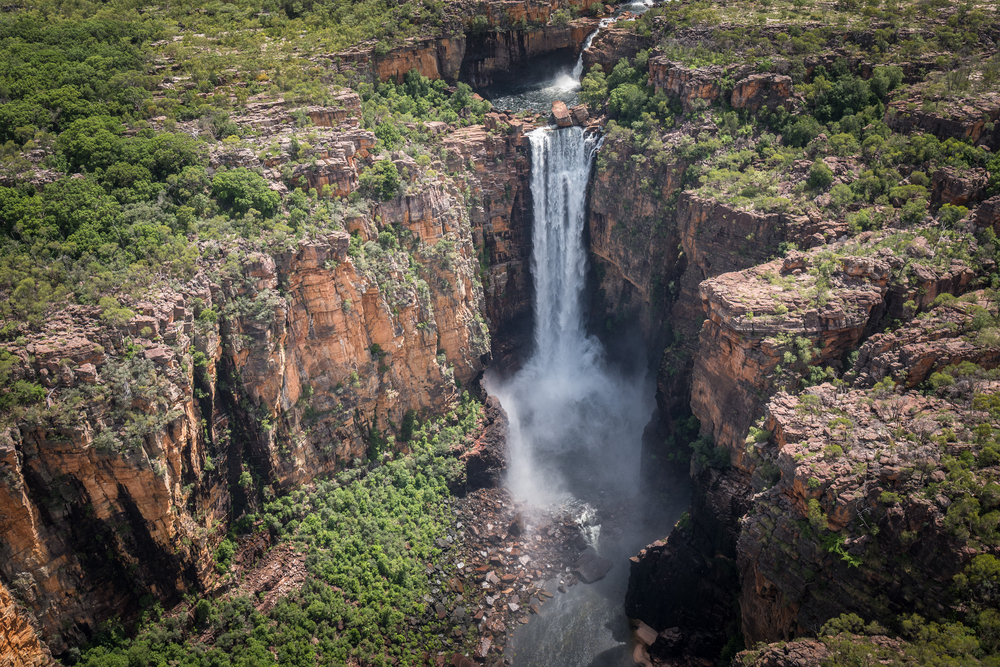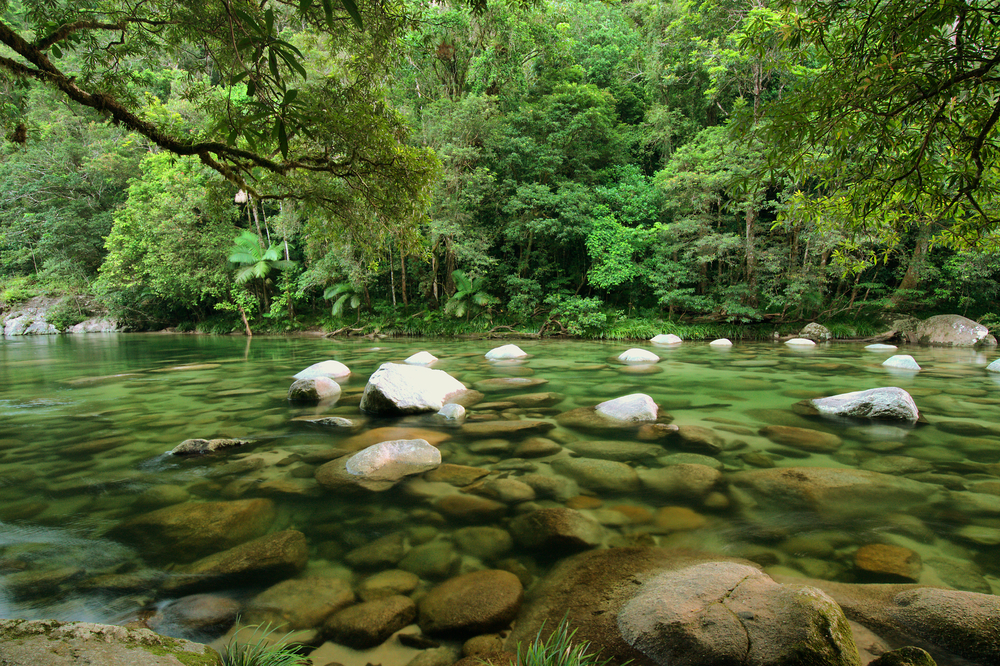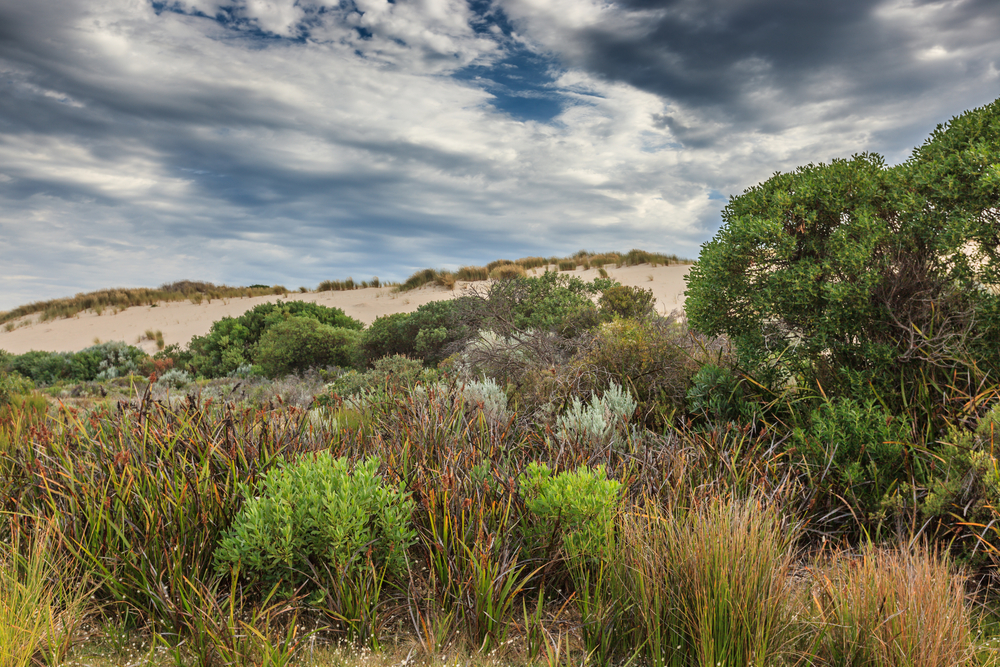Popular Bird Species of Mount Field National Park
Mount Field National Park is home to a variety of bird species, many of which are endemic to Tasmania. From brightly colored parrots to majestic birds of prey, the park offers excellent birdwatching opportunities.
Green Rosella
Endemic to Tasmania, the green rosella is the largest rosella species, known for its vibrant green and blue plumage. These birds are often seen feeding on seeds and fruits in the park’s woodlands.
Yellow Wattlebird
Australia’s largest honeyeater, the yellow wattlebird, is recognizable by its long, pendulous wattles and loud, distinctive calls. It feeds primarily on nectar and insects, often seen in the park’s flowering trees.
Tasmanian Nativehen
Often referred to as the “turbo chook” due to its fast running speed, the Tasmanian nativehen is a flightless bird commonly seen near water bodies and open grasslands in the park.
Black Currawong
This large, intelligent bird is known for its striking black plumage and powerful beak. Black currawongs are opportunistic feeders, preying on small animals, insects, and carrion.
Superb Fairywren
One of Australia’s most beloved birds, the superb fairywren is known for the bright blue plumage of the breeding males. These tiny, active birds flit through the underbrush, searching for insects and seeds.
Pink Robin
A striking small bird, the pink robin is easily recognized by the vibrant pink chest of the males. It prefers the dense, cool rainforests of Mount Field and is often seen perched in shaded areas.
Masked Owl
A nocturnal hunter, the masked owl is one of Tasmania’s largest owls. It preys on small mammals and birds, using its keen hearing and silent flight to catch prey in the park’s forests.
Grey Goshawk
The grey goshawk is a powerful raptor found in Tasmania, with a distinctive white morph known as the “white goshawk.” It hunts birds and small mammals, using its agility to chase prey through the trees.
Strong-billed Honeyeater
This endemic honeyeater has a distinctive curved bill that helps it pry insects from bark and leaves. It plays a vital role in controlling insect populations in the park’s forests.
Swift Parrot
A critically endangered species, the swift parrot migrates between Tasmania and mainland Australia. It depends on eucalyptus forests for nesting and food, making Mount Field National Park an important habitat for its survival.








































































